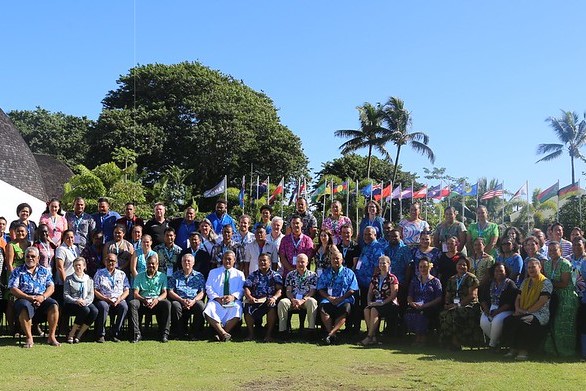We speak of governance diversity for protected and conserved areas when decisions are made by a variety of actors who enrich and strengthen conservation in practice. Diverse governance systems recognise and support various governance types, e.g.:
- Type A: governance by government (at various levels)
- Type B: governance by various actors together (shared governance)
- Type C: governance by private individuals and organisations (usually the landholders)
- Type D: governance by Indigenous Peoples and/or local communities (often referred to as ICCAs or territories of life)
Conservation depends on well-governed systems of protected and conserved areas in the landscape. For instance, a national system of protected areas can “enhance governance diversity” by including in the system areas governed by different types of actors and under different arrangements, and/or by providing better recognition and support to conserved territories and areas outside the system.
Governance is closely related to, but different from, management, which is about what is done in pursuit of objectives. Management categories and governance types are independent and can be juxtaposed in the “IUCN Matrix” visualizing a spectrum of area-based options to conserve nature in a given region/system.
Governance diversity may be reported by countries to the global level in the World Database on Protected Areas (WDPA). Assessments of governance diversity in the African, Caribbean and Pacific regions can be stored and shared here on the PAGE Module (see Resources).
For more information, please consult the following IUCN publications:
